RECENT NEWS AND ANNOUNCEMENTS
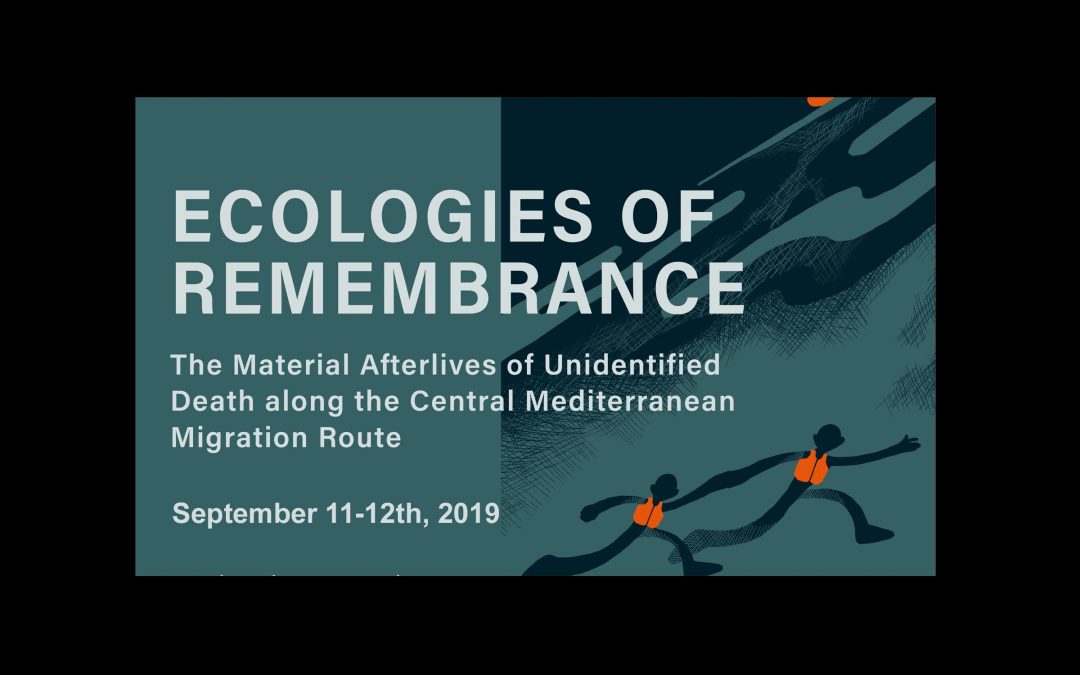
Ecologies of Remembrance works toward an ethnographic study of the material afterlives of contemporary migrant death along the Central Mediterranean route to Europe (between North Africa and Italy). The news media around the Mediterranean are frequently dominated by...
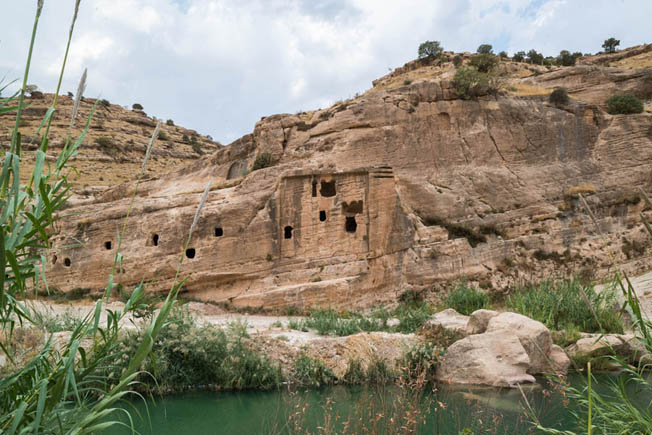
One year postdoctoral position in Art History & Archaeology announced
The Department of Art History and Archaeology at Columbia University invites applications for a one-year Postdoctoral Research Scholar position in the field of Ancient Near Eastern Art History and Archaeology. The successful candidate will: A) conduct research and...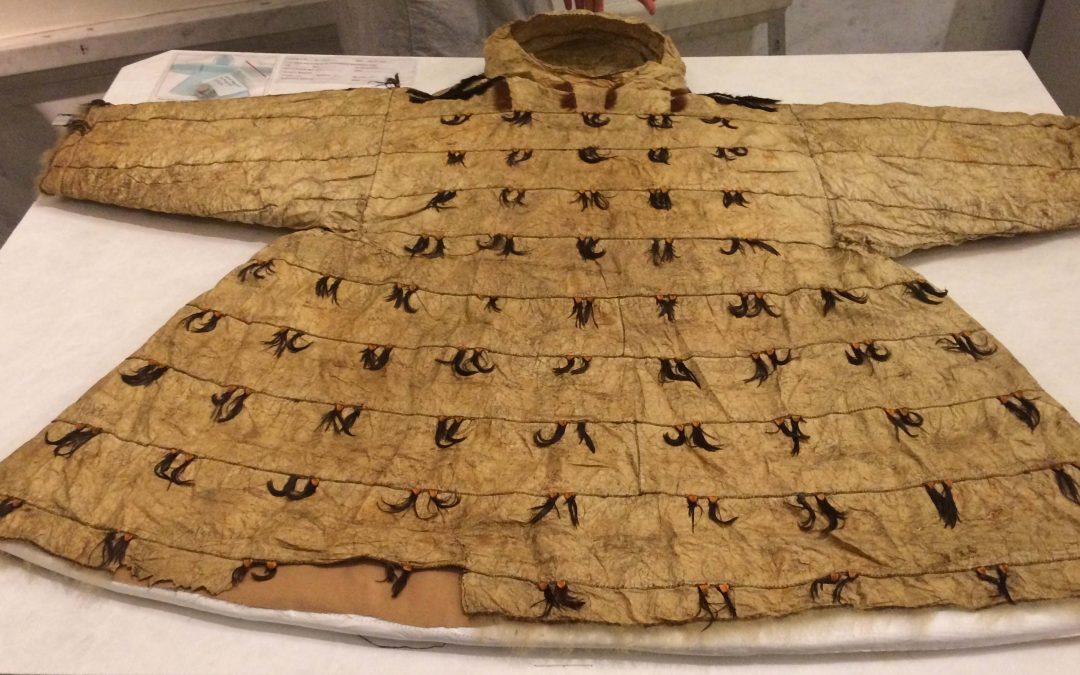
SANIGHTAAQ – Yupik Ceremonial Gut Parka
Exhibit at the American Museum of Natural History | May 28—August 4, 2019 — Curated by a team of Columbia University Museum Anthropology graduate students, this exhibit features a striking 19th century sanightaaq, or Siberian Yupik ceremonial gut parka.
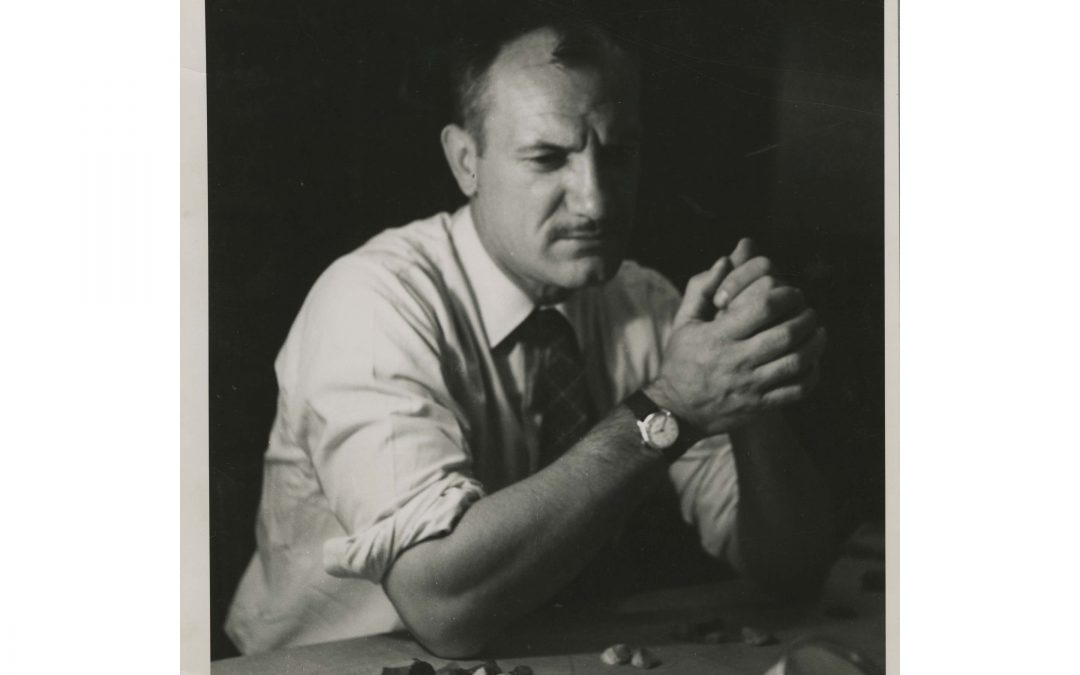
In Memory of Ralph Solecki (1917-2019)
Ralph S. Solecki, an eminent American archaeologist and an influential member of the Columbia Anthropology faculty from 1959-1988, died on March 20 at the age of 101. He is best-known for his work in Iraq at Shanidar Cave, but also carried out a great deal of research...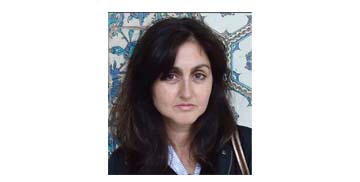
Zainab Bahrani awarded 2019 Andrew Carnegie Fellowship
Zainab Bahrani, Edith Porada Professor of Near Eastern Art and Archaeology has been awarded an Andrew Carnegie Fellowship for 2019 for her project Monumental Landscapes: Historical Environments and Human Rights Much of Prof. Bahrani’s work has focused on the...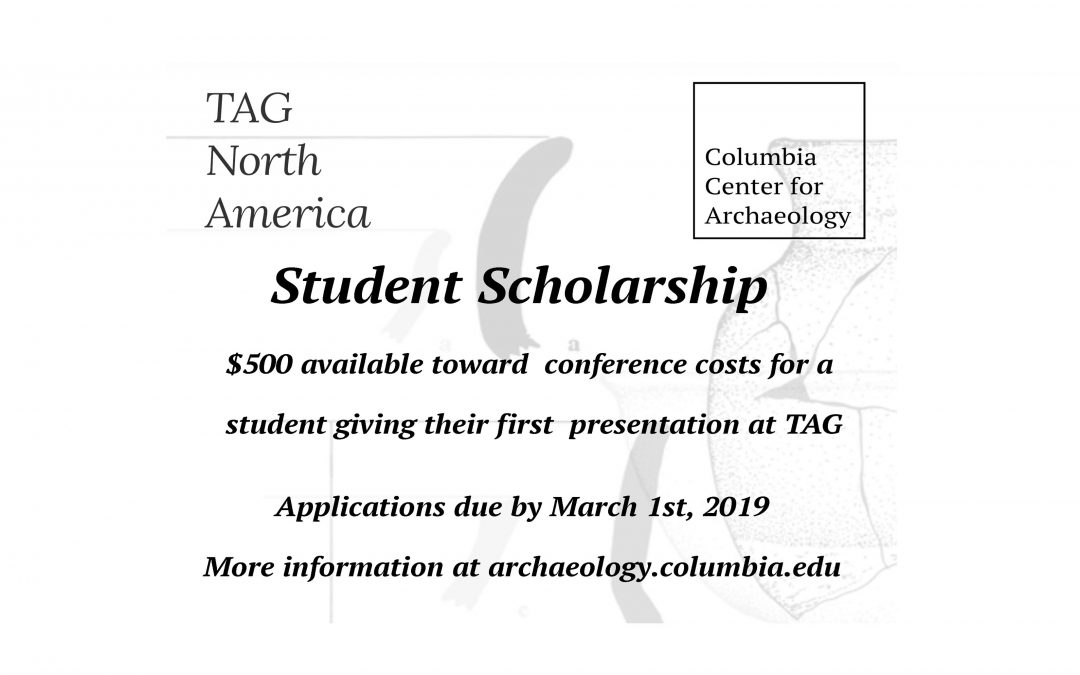
Center for Archaeology travel award for TAG 2019
Scholarship to TAG The Columbia Center for Archaeology will award $500 to a student giving their first presentation at TAG. The award will be made on the basis of the originality and quality of the abstract proposed. Titles and abstracts should be submitted to the...
Spring 2019 news and events
Updates on the Center’s activities are sent out in the Fall and Spring semesters. If you have any news or events that you’d like to circulate please send them to Prof. Brian Boyd at bb2305@columbia.edu
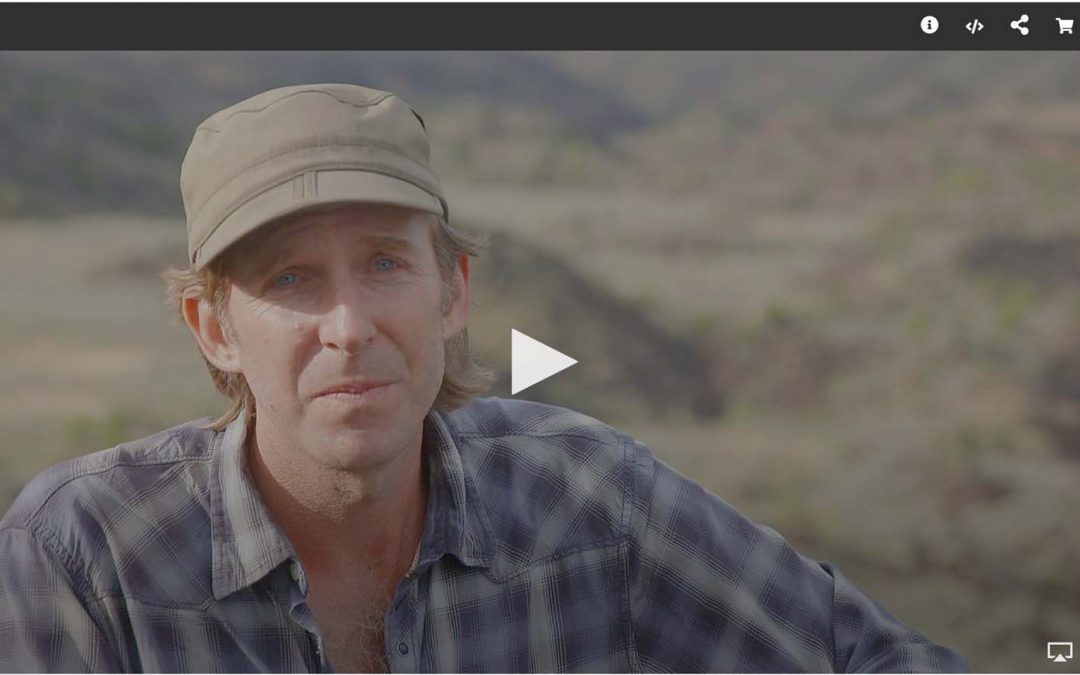
PBS interview with Professor Severin Fowles
Research by Professor Severin Fowles and colleagues on the subject of Comanche archaeology has been covered in a new documentary showing on PBS
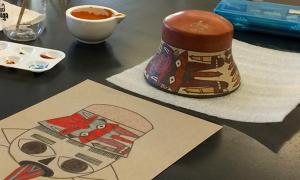
Zoë Crossland Mines the Connections Between Anthropology and Archaeology
Human remains are at the heart of Zoë Crossland’s work. In one of the most popular classes that she teaches, Corpse Life, students learn about the history of death and the treatment of remains.

Fall 2018 news and events
Welcome to The Center for Archaeology’s Fall Newsletter. We post biannual updates on archaeology at Columbia at the start of the Fall and Spring semesters.
The months since our last newsletter have seen a lot of activity and new initiatives by faculty and students at Columbia and Barnard, from field schools to art works – all outlined below. We welcome our incoming students and a special welcome to new faculty member Lisa Trever, in the Department of Art History and Archaeology.
If you have any news or events that you’d like to circulate please send them to me (zc2149) or to Brian Boyd (bb2305). Our calendar of events may be found on the CCA homepage.

